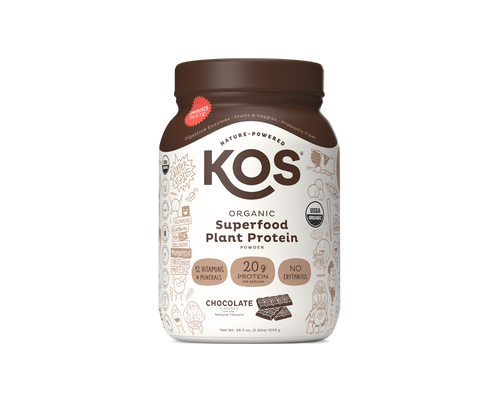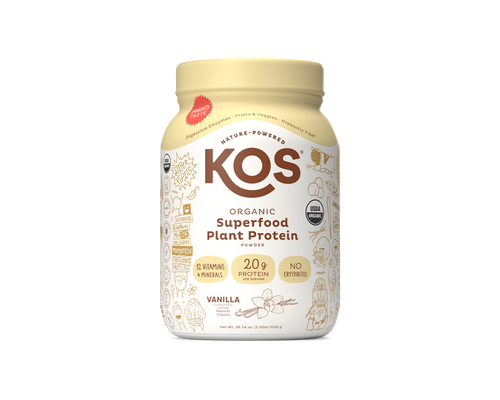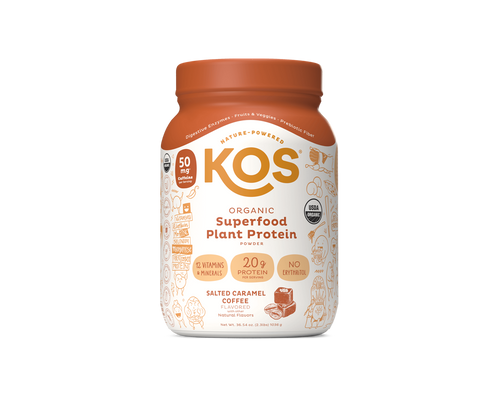Table of Contents
There is lots of talk about Protein these days. Or to put it in faux-scholarly terms, many people are involved in their own deep, searching study of protein…and of unexpected protein sources. And why not? Protein is everywhere, it seems. These days it seems we can't shut up about protein. There, I said it.
Protein is earnestly promised to us on cereal boxes, shouts its name from fitness bar packaging, and appears in bold font on those vacuum-packed single servings of beef jerky. The word has become a sort of post-modern magic incantation.

But a protein is not a simple thing. When we talk about Protein, it sounds like a unified cosmic force that inhabits the body and provides both Life and etched triceps.
We may feely imagine billions of little barbells swirling busily around in the bloodstream, looking for a muscle to stick to. As often happens, the Protein Facts are even weirder and more interesting than we can begin to guess.
Protein: A Macro Micro Bigshot
A protein is a large, crazily complex molecule with a personality disorder. And it has a hand in nearly all the processes that keep the physical body alive. It has so many skill sets it’s almost worrying, and muscle-mass building is just one of the bullet points in the protein’s crazy list of accomplishments.

keep wishful thinking at arm's length as you take this mini-quiz
Are proteins a disease-attacking immune system thing? A chemical messaging service inside the cells? A driver of metabolism? A cousin to DNA replication? A taxi cab for atoms that need a lift to another part of the body? The bricklayer that heals our broken body parts?”
Yes.
Proteins—they do a lot. And they’re macro big. In fact they fall into a category called Macromolecules. Huge protein molecules are made of thousands of tiny stringy bits called amino acids—which your grade school science teacher will have endlessly drummed into you as “the building blocks of life”.
It’s true—amino acids are the big deal at the base of Life itself. Their having formed in primordial, storm-tossed oceans were the very beginnings of the mere possibility Life on Earth.

people involved in a weight training regimen are often annoyed by spheroid creatures using leaves as parachutes
There are 20 amino acids essential to a living thing, each amino acid with its own unique three-letter code.
To form a protein, thousands of these tiny amino acid strings connect end-to-end to make a long, long (long) coded thread.
And here’s where the multi-talented protein gets its specific job description. What’s it going to be? An atomic taxi? A chunk of mortar for a broken bone?
Perhaps most interestingly, apart from all this chemical magic, protein also makes up part of our “stuff”; our actual body mass, our physical substance. Skin, tissue, organs – we’re made of about 16% protein.
Because we have to eat our essential amino acids, protein has another “macro badge”. Protein, Fats and Carbohydrates are called Macronutrients; foodstuffs you have to ingest in bulk to keep the body alive. Which gets us back to the front, so to speak.
High Impact Plant Protein: Where Your Steak Gets Its Power
Those 20 amino acids required of all living things? We only produce 11 of them in our otherwise wondrous bodies. The other 9—the Essential Amino Acids, as they’re called—are those amino acids we have to eat to acquire.
“Oh yeah. That’s why we need fortified cereal and sirloin steaks.”
Well, not exactly. The slab of beef you are presently smothering in off-brand steak sauce? That cow did not produce the protein you’re trying to gnaw out of it. Animals can’t produce the essential 9 amino acids. Remember?
BUT PLANTS CAN. AND DO.
That’s right. The plant kingdom produces ALL 20 amino acids necessary for life-producing protein—the essential aminos and the other ones. The leaves and sprouts and seeds and things that grow all around us—they do things a boxcar-sized cow can only dream about.

Which makes your steak a fairly inefficient amino acid delivery system.
By the time you’re getting the plant protein back out of the cow, it’s swaddled in cow fat, bundled with cow cholesterol, mixed in with cow-growing hormones—well, you get the idea.
What does plant protein do, anyway? You should know. You been extracting plant protein from your steak dinners for a while now.
Clean Plant-Based Protein: Jumping Over the Cow
Raising a cow in order to basically re-eat its vegetable diet is counterproductive (to put it mildly), sucking up finite precious resources and helping to keep the world’s one billion starving people hungry. We are dumping all our precious water and grain into animals.
The unfiltered protein you want is in the plant-based diet of the cow. And those plant-based amino acids are explosively pure. Consider the Elephant and the Brontosaurus; two massive vegetarians who do not evidently suffer from a meatless diet. Plant-based protein meals worked for those guys.

A protein is a wildly complicated thing; a miracle, really.
But knowing where to get your protein is neither complex nor a miracle. Plants, the broad foundation of the world’s food chain, are the protein bank that funds the whole living biosphere. Once we actualize that fact, there is plenty of protein to go around.






